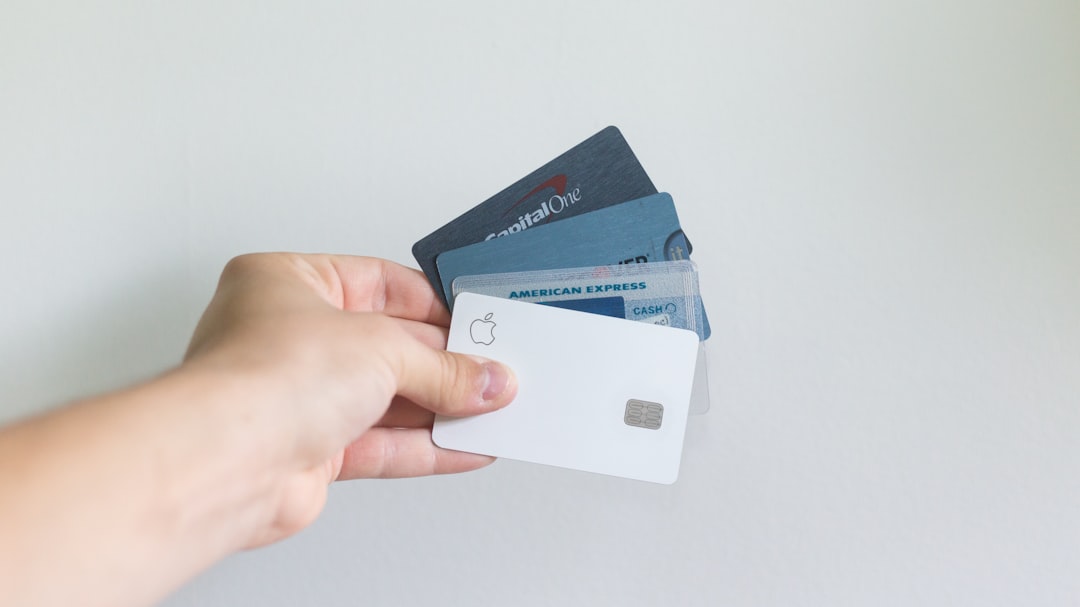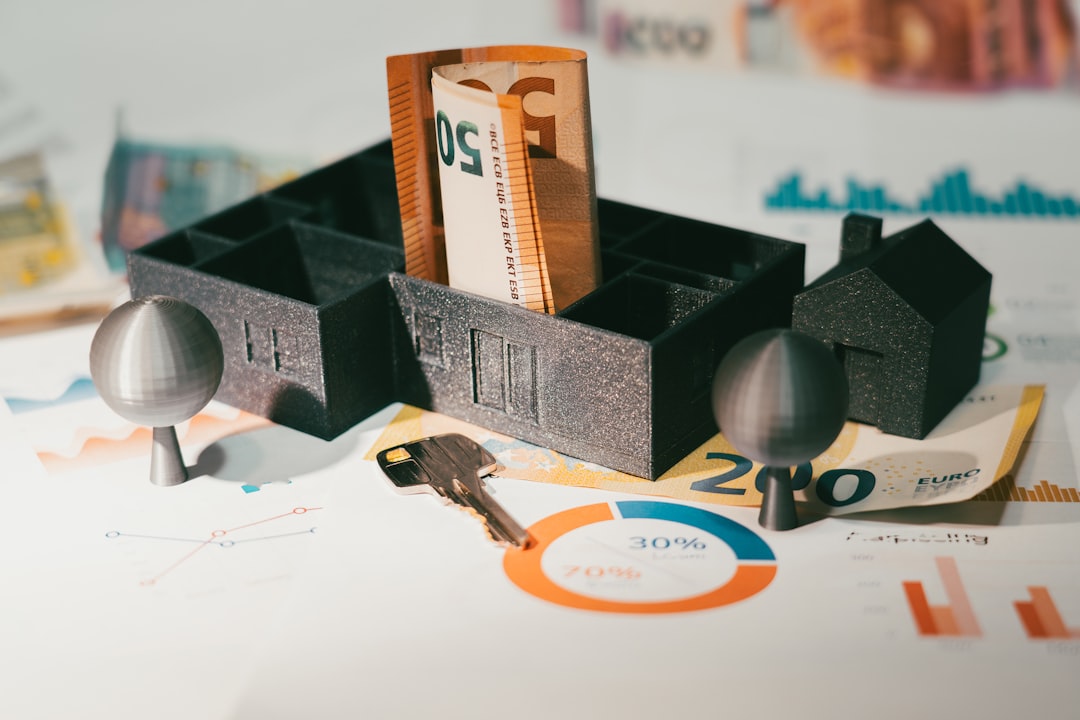Unsecured debt consolidation loans simplify multiple high-interest credit card debts by combining them into a single loan with potentially lower rates, saving money over time. Before applying, assess your financial situation, understand key terms like interest rates and repayment periods, and choose reputable lenders with competitive rates. Effectively managing the consolidated loan through strategic repayment methods prevents returning to high-interest debt.
Struggling with multiple credit card payments? Consider debt consolidation—a strategic approach to simplifying your financial burden. In this comprehensive guide, we explore what an unsecured debt consolidation loan entails and how it can benefit you. From understanding the process to assessing your eligibility, choosing the right lender, and effective strategies for reducing monthly payments, this article equips you with valuable tips. Learn how consolidating credit card debt can help you gain control over your finances.
- Understanding Unsecured Debt Consolidation Loans: A Comprehensive Guide
- Benefits of Consolidating Credit Card Debt
- Assessing Your Financial Situation for Loan Eligibility
- Choosing the Right Debt Consolidation Lender and Terms
- Effective Strategies to Reduce Monthly Payments
- Tips for Managing and Repaying Consolidated Debt
Understanding Unsecured Debt Consolidation Loans: A Comprehensive Guide

Unsecured debt consolidation loans are a popular strategy for individuals burdened by multiple credit card debts. Unlike secured loans that require collateral, unsecured options provide funding without the need for assets as guarantees. This type of loan allows borrowers to combine their high-interest credit card debts into one single loan with potentially lower interest rates. The result is reduced monthly payments and significant savings over time.
When considering an unsecured debt consolidation loan, it’s crucial to understand the terms and conditions. Lenders will evaluate your creditworthiness based on factors like credit score, income, and outstanding debts. A comprehensive guide should include details on loan amounts, interest rates, repayment periods, and any associated fees. By understanding these aspects, individuals can make informed decisions, choose suitable lenders, and effectively manage their debt consolidation journey towards financial stability.
Benefits of Consolidating Credit Card Debt

Consolidating credit card debt can offer significant financial benefits, providing a clear path to managing and reducing your overall debt burden. One of the primary advantages is simplified repayment. By combining multiple credit card balances into one loan with a single monthly payment, you eliminate the hassle of tracking multiple due dates and interest rates. This simplification allows for better budgeting and ensures that your finances are under control.
Additionally, an unsecured debt consolidation loan can help lower your overall interest expenses. Often, these loans offer competitive interest rates compared to credit cards, resulting in substantial savings over time. With a consolidated loan, you’ll make progress on paying off your debt more efficiently while potentially reducing the stress associated with multiple high-interest credit card payments.
Assessing Your Financial Situation for Loan Eligibility

Assessing your financial situation is a crucial step before applying for a debt consolidation loan, especially an unsecured one. This process involves reviewing your income, expenses, and existing debts to gain a clear understanding of your financial health. Start by listing all your monthly incomes from salaries, investments, or any other sources. Then, categorize your expenses into fixed (like rent or mortgage) and variable (grocery, entertainment). By doing this, you can identify areas where you might cut back and free up extra cash for repayment.
When considering an unsecured debt consolidation loan, lenders will evaluate your creditworthiness based on factors such as credit score, debt-to-income ratio, and the total amount of debt you’re looking to consolidate. A higher credit score indicates better borrowing potential, while a lower debt-to-income ratio shows that you can manage additional loan payments comfortably. Understanding these aspects of your financial situation will help you determine if you qualify for an unsecured debt consolidation loan and what terms and rates might be offered to you.
Choosing the Right Debt Consolidation Lender and Terms

When considering debt consolidation, selecting the appropriate lender and understanding the terms are pivotal steps. An unsecured debt consolidation loan is a popular option, as it offers flexibility without requiring collateral. This type of loan allows borrowers to consolidate multiple credit card debts into a single payment with a lower interest rate, potentially saving money in the long run.
Researching lenders is key; look for reputable companies offering transparent terms and competitive rates. Compare interest rates, repayment periods, and any fees associated with the loan. Ensuring you understand the terms will empower you to make an informed decision, leading to a more effective debt reduction strategy.
Effective Strategies to Reduce Monthly Payments

To effectively reduce monthly payments on credit card debt, consider unsecured debt consolidation loans as a strategic option. These loans allow you to bundle multiple high-interest credit cards into a single loan with a lower interest rate. By doing so, you simplify your payments and can save significantly over time. Unsecured debt consolidation loans are appealing because they don’t require collateral, making them accessible to many individuals.
When exploring this route, focus on finding a lender that offers competitive rates and flexible terms. Additionally, ensure the loan has a reasonable repayment period that aligns with your budget. Compare different loan offers, read the fine print, and understand any fees or penalties associated with early repayment. This mindful approach will help you navigate the process effectively, ultimately leading to reduced debt and lighter monthly financial burdens.
Tips for Managing and Repaying Consolidated Debt

After consolidating your debt through an unsecured debt consolidation loan, managing and repaying your new loan is crucial to avoid falling back into high-interest debt traps. Firstly, create a detailed budget that allocates funds for loan repayments while ensuring you cover essential expenses. Prioritize making more than the minimum payments each month to reduce the interest accrued and the overall cost of borrowing.
Additionally, consider strategies like the debt snowball or avalanche methods to systematically pay off your consolidated debt. The debt snowball method focuses on paying off debts in order from smallest to largest, while the avalanche method targets high-interest debts first. Choosing the right approach depends on your financial discipline and interest rates. Regularly reviewing and adjusting your budget will also help you stay on track as your financial situation evolves.
Debt consolidation can be a powerful tool to simplify financial management and reduce stress. By understanding unsecured debt consolidation loans, leveraging their benefits, and strategically choosing lenders, individuals can take control of their credit card debt. Assessing your financial situation is crucial for eligibility, while thoughtful selection of terms ensures long-term savings. With effective monthly payment strategies and diligent management, you can transform your debt into a manageable journey towards financial freedom.
